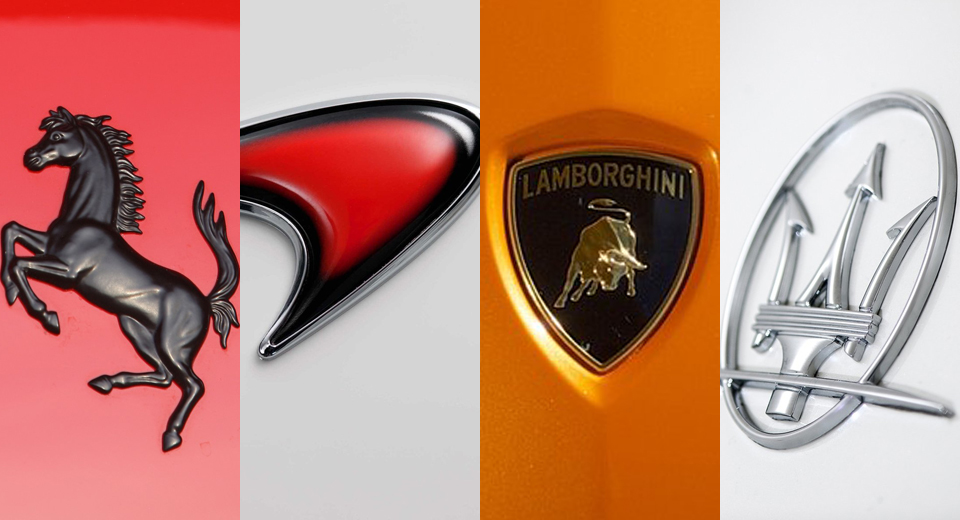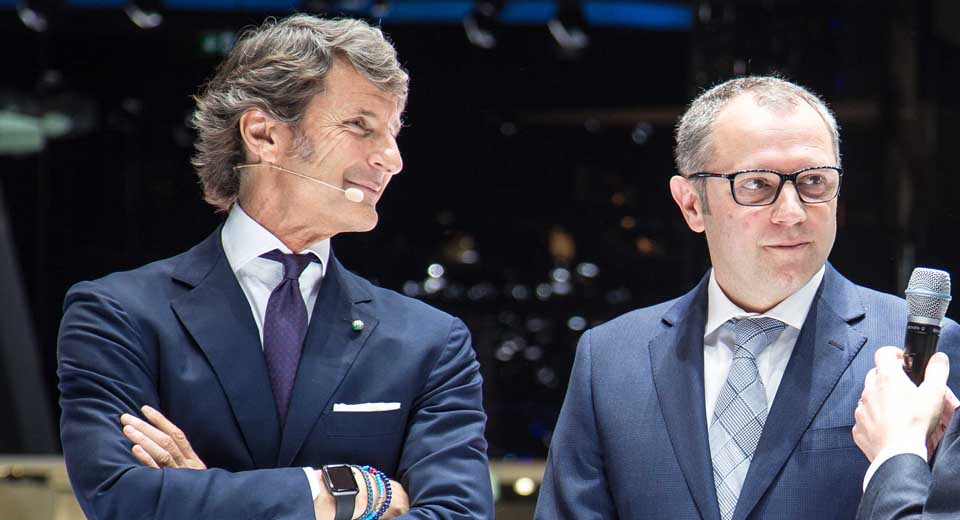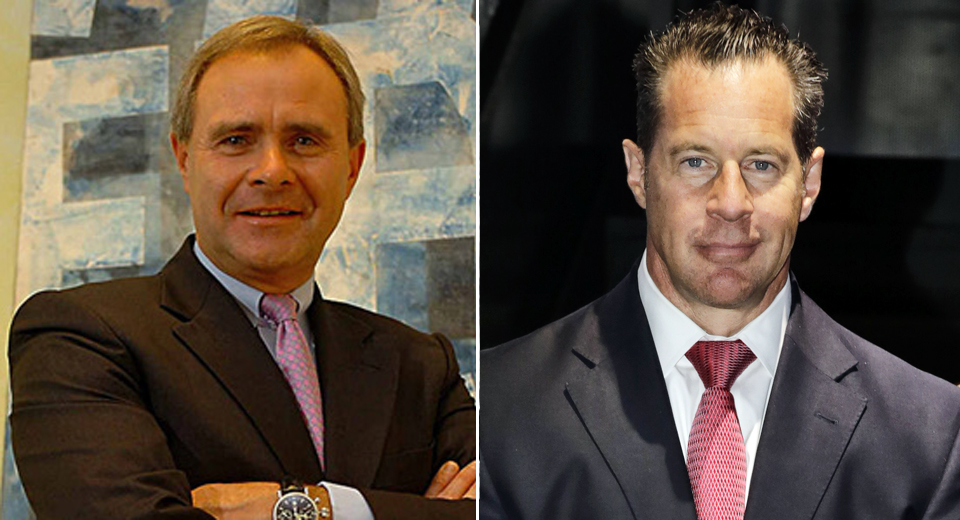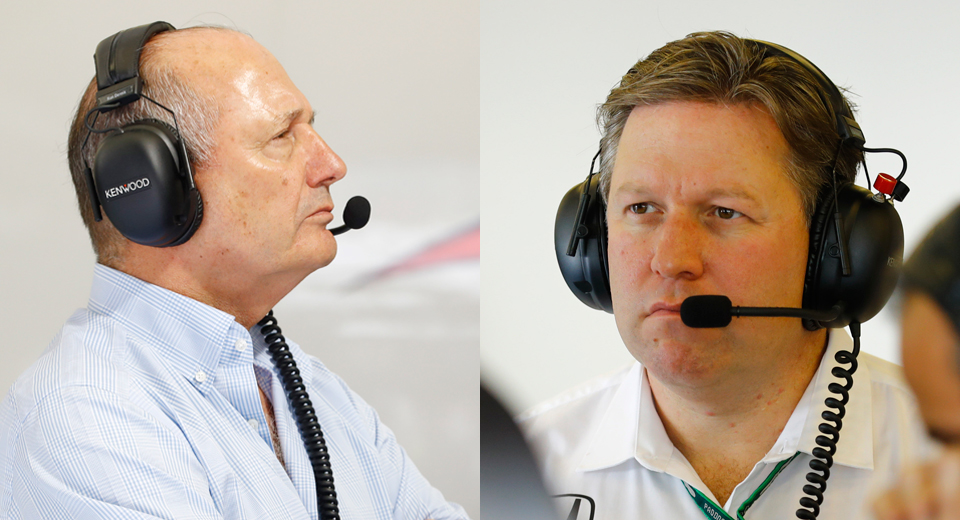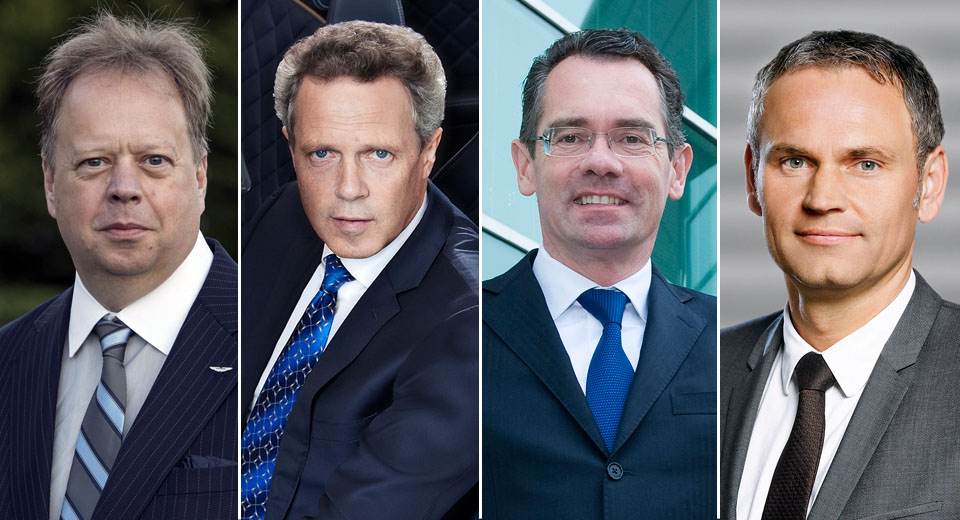2016 will undoubtedly be remembered for a lot of things, even within the confines of the automotive industry.
Hyundai spun off the Genesis line as its own luxury brand. Toyota pulled the plug on Scion. Bugatti revealed the Chiron as the successor to the legendary Veyron. Aston Martin launched the DB11, and with it a new era for the company. But we’ll recall 2016 as the year in which exotic automakers replaced their chief executives.
It wasn’t just the CEOs, either: the past year saw several automakers replace their chief engineers. And a handful of top designers moved around as well. But the top job at most automakers – no matter at what level of the market they compete – tend to stay in place. Nevertheless, 2016 saw several of them replaced.
Of course, small operations like Koenigsegg and Pagani are still run by their namesake founders – nobody would have ousted Enzo Ferrari and Ferdinand Porsche in their day. And others had only named new chief execs within the past few years. But four of the biggest names in the business of producing high-end European automobiles put new names on the doors of their biggest offices this year, and they’ll probably each stick around for a while to come.
Ferrari
The biggest upheaval, without a doubt, took place at Ferrari. That started late in 2014 when FCA chief Sergio Marchionne fired longtime Ferrari chairman Luca di Montezemolo and took his place. But the consolidation of Marchionne’s power in Maranello wasn’t complete until this past year when Amedeo Felisa retired after more than a quarter-century at Ferrari and nearly half a century in the Fiat group – and with it handed his position of CEO to Marchionne as well. (Pictured above, from left to right, are vice-chairman Piero Ferrari, team principal Maurizio Arrivabene, chairman Sergio Marchionne, former CEO Amedeo Felisa, and FCA chairman John Elkann.)
Lamborghini
Ferrari wasn’t the only Italian supercar manufacturer to get a new chief exec this year, either. So did Lamborghini, which had been under the leadership of Stephan Winkelmann for more than a decade. But this past February, parent company Audi moved Winkelmann out of the big office in Sant’Agata and put him in charge of (what’s now known as) Audi Sport GmbH instead. In his place, they installed Stefano Domenicali, who used to work for… you guessed it: Ferrari.
Maserati
The seizure of power in Maranello wasn’t Marchionne’s only big change this year. He also replaced the CEO of Alfa Romeo and Maserati. That job belonged to Harald Wester, but this past May, FCA announced it would go instead to Reid Bigland – an Auburn Hills veteran who had previously headed up the Dodge and Ram brands. But as Marchionne is fond of his top lieutenants wearing multiple hats like he does, Bigland remains head of sales for all of FCA in both the US and Canada, while Wester remains the group’s Chief Technology Officer.
McLaren
As big an upheaval as has transpired in Maranello is still under way in Woking – the London-area town that McLaren calls home. After a prolonged power struggle with the other shareholders, Ron Dennis was forced out as group chairman just last month. His replacement has yet to be named, but in the meantime, the board named Zak Brown as executive director, and is expected to terminate Jost Capito‘s contract (penned by Dennis) after just a few months as CEO of the racing division. However Mike Flewitt, head of the automotive division, isn’t going anywhere.
What About The Others?
If such a trend was sweeping through the top levels of the industry this year, how did others manage to keep the same chief executives in place? Largely because they had just named new ones within the past few years. Andy Palmer (Aston Martin), Jean-Marc Gales (Lotus), and Wolfgang Dürheimer (Bugatti/Bentley) all took their posts as CEO of their respective automakers in 2014. Meanwhile Oliver Bloom stepped up to steer Porsche late in 2015, and was probably still get comfortable in his new chair when the year started.



